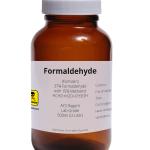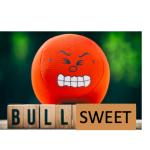The first fireworks came from the country that “discovered” gunpowder, China, roughly 1400 years ago. As I learned and experimented with in the fifth grade, gunpowder is a combination of charcoal, sulfur, and “saltpeter,” aka potassium nitrate.
Chemicals & Chemistry
Organic activist group Slow Food recently released its list of “10 Key Facts on Pesticides," a post designed to “raise awareness about the risks and dan
Join ACSH director of bio-sciences Cameron English and Dr. Billauer as they break down these stories:
Join our directors of chemistry and bio-sciences, Dr. Josh Bloom and Cameron English, as they break down these stories:
'German Lopez is one of journalism’s clearest writers on a remarkable array of topics, including the opioid epidemic, crime, gun control, taxes, the economy, Congress and Covid.
We frequently receive requests to comment on specific news stories. These are usually examples of journalists or pundits commenting on subjects they know nothing about and badly misleading their audiences as a result.
Health scares seem to lurk around every corner these days. From "toxic" pesticides to "ultra-processed" foods and BPA, the list of things that can supposedly kill us is endless. How do you spot genuine threats amid all the clickbait?
The world of chemical scares is a bit like a perpetual horse race, usually with the same tired old horses –various chemicals – in the same race.
There's an ugly conflict going on at ACSH. Check it out...












